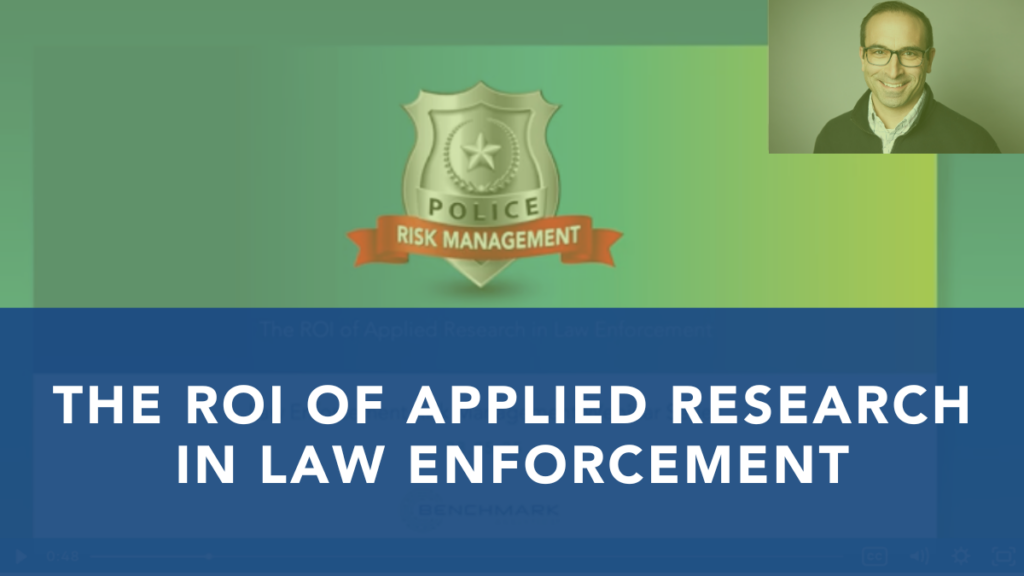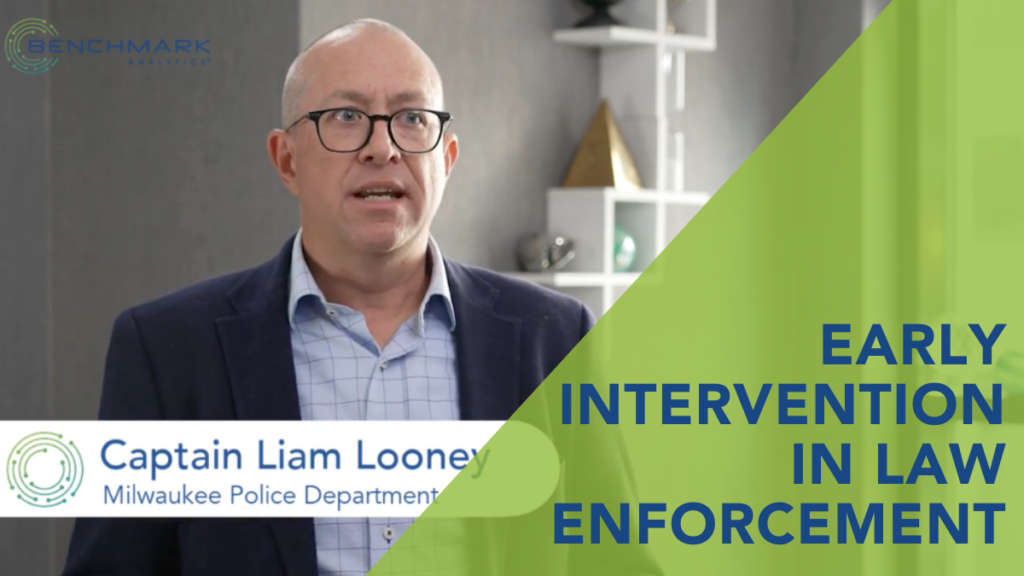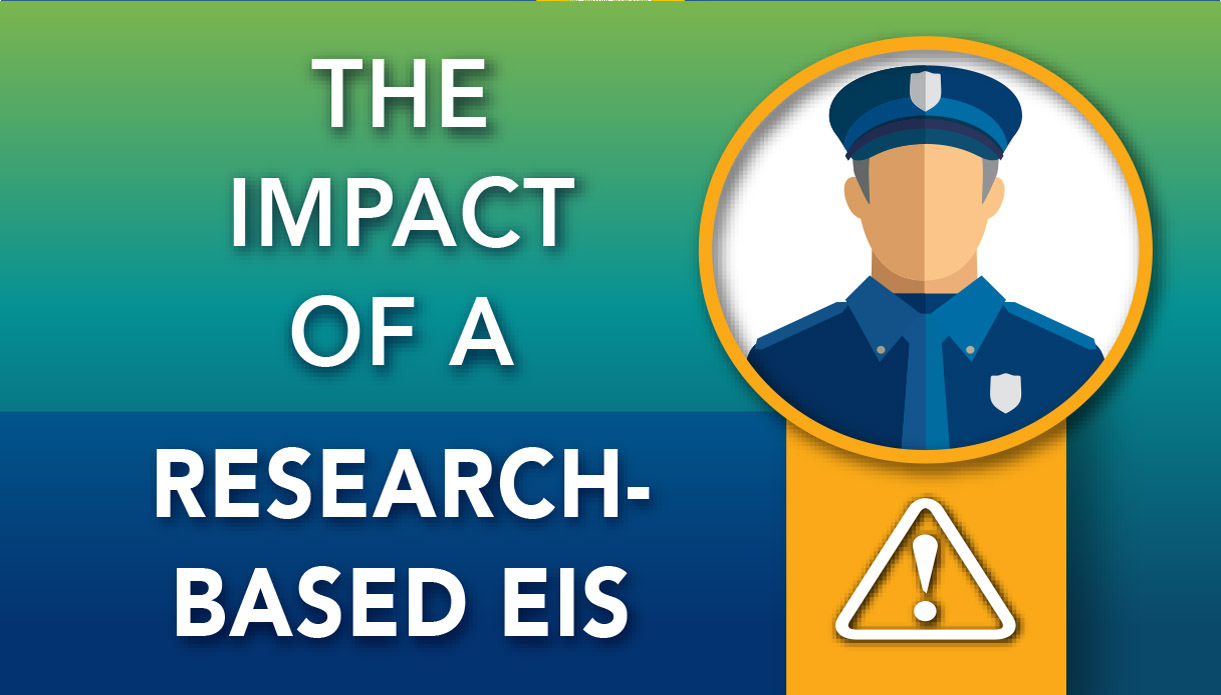Benchmark Blog

21st Century Policing
Early Intervention Systems: The Impact of Establishing Best Practice Policies

Community Engagement
Benchmark Analytics Invited to the White House for Police Accountability Summit
Ready to Experience the Benchmark Difference?
Benchmark Analytics and its powerful suite of solutions can help you turn your agency’s challenges into opportunities. Get in touch with our expert team today.









